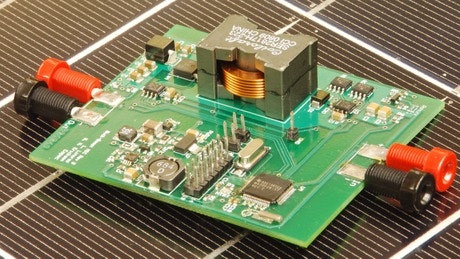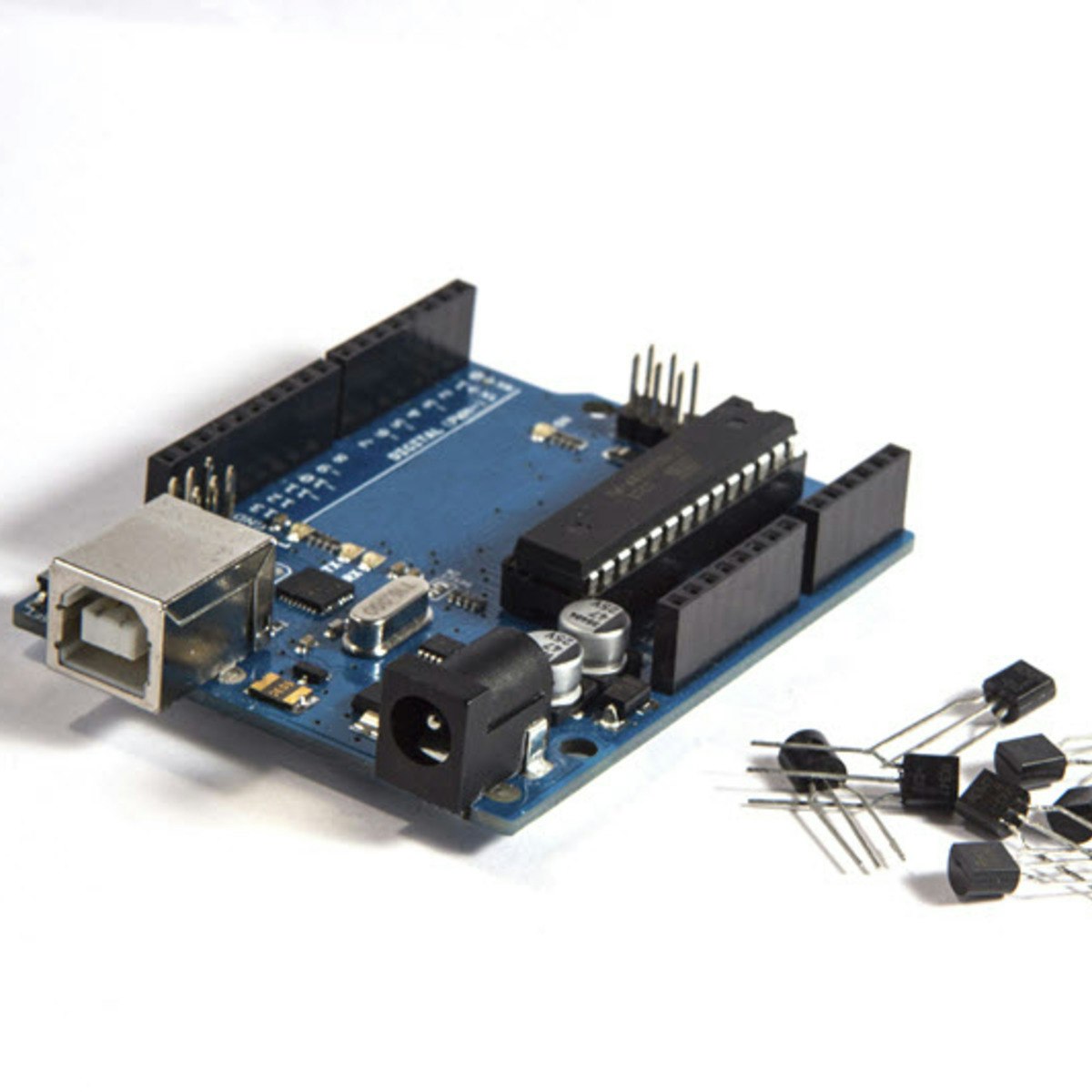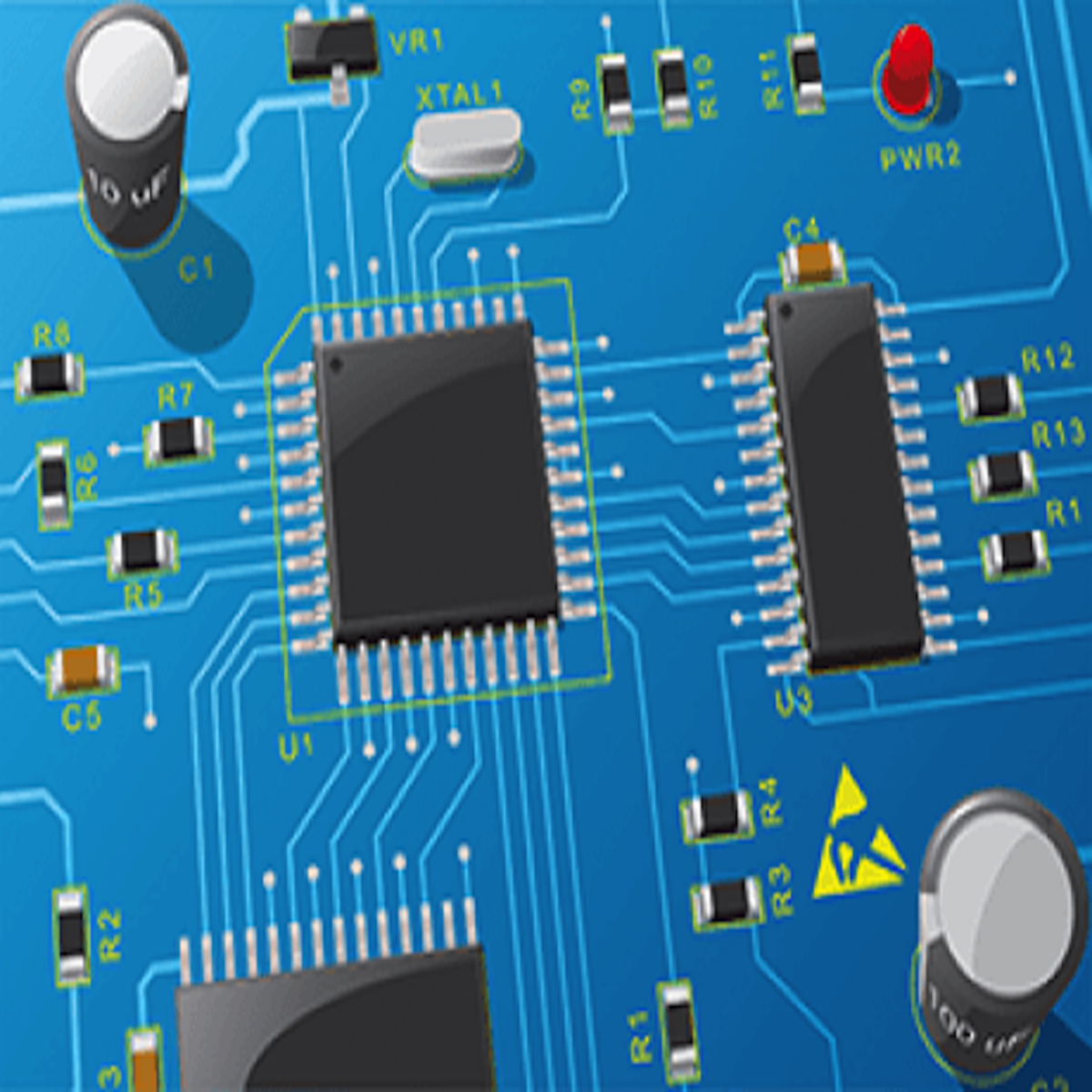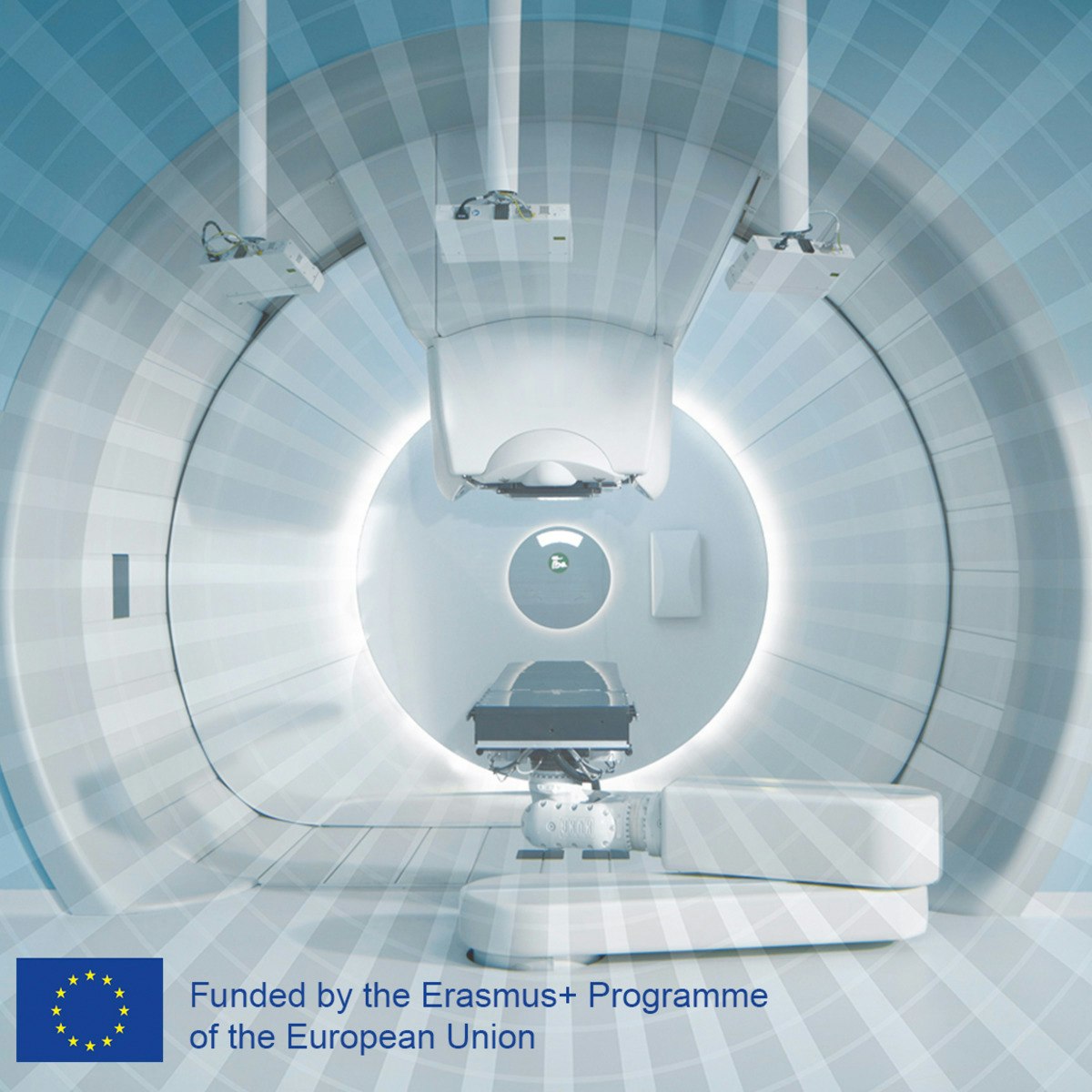Back to Courses









Electrical Engineering Courses - Page 10
Showing results 91-100 of 141

Exploratory Data Analysis with MATLAB
In this course, you will learn to think like a data scientist and ask questions of your data. You will use interactive features in MATLAB to extract subsets of data and to compute statistics on groups of related data. You will learn to use MATLAB to automatically generate code so you can learn syntax as you explore. You will also use interactive documents, called live scripts, to capture the steps of your analysis, communicate the results, and provide interactive controls allowing others to experiment by selecting groups of data.
These skills are valuable for those who have domain knowledge and some exposure to computational tools, but no programming background is required. To be successful in this course, you should have some knowledge of basic statistics (e.g., histograms, averages, standard deviation, curve fitting, interpolation).
By the end of this course, you will be able to load data into MATLAB, prepare it for analysis, visualize it, perform basic computations, and communicate your results to others. In your last assignment, you will combine these skills to assess damages following a severe weather event and communicate a polished recommendation based on your analysis of the data. You will be able to visualize the location of these events on a geographic map and create sliding controls allowing you to quickly visualize how a phenomenon changes over time.

Differential Equations for Engineers
This course is all about differential equations. Both basic theory and applications are taught. In the first five weeks we will learn about ordinary differential equations, and in the final week, partial differential equations.
The course contains 56 short lecture videos, with a few problems to solve after each lecture. And after each substantial topic, there is a short practice quiz. Solutions to the problems and practice quizzes can be found in instructor-provided lecture notes. There are a total of six weeks in the course, and at the end of each week there is an assessed quiz.
Download the lecture notes:
http://www.math.ust.hk/~machas/differential-equations-for-engineers.pdf
Watch the promotional video:
https://youtu.be/eSty7oo09ZI

Differential Equations Part III Systems of Equations
This introductory courses on (Ordinary) Differential Equations are mainly for the people, who need differential equations mostly for the practical use in their own fields. So we try to provide basic terminologies, concepts, and methods of solving various types of differential equations as well as a rudimentary but indispensable knowledge of the underlying theory and some related applications.
The prerequisites of the courses is one- or two- semester calculus course and some exposure to the elementary theory of matrices like determinants, Cramer’s Rule for solving linear systems of equations, eigenvalues and eigenvectors.
Table of Contents
Differential Equations Part I Basic Theory
Chapter 1 Introduction
Chapter 2 First Order Differential Equations
Chapter 3 Mathematical Modelling and Applications
Chapter 4 Linear Second Order Equations
Chapter 5 Applications of Second Order Equations
Differential Equations Part II Series Solutions
Chapter 1 Euler Equations
Chapter 2 Series Solutions of Linear Equations
Chapter 3 Special Functions: Bessel Functions and Legendre Polynomials
Differential Equations Part III Systems of Differential Equations
Chapter 1 Systems of Linear Equations
Chapter 2 Stability of Autonomous Systems

Converter Circuits
This course can also be taken for academic credit as ECEA 5701, part of CU Boulder’s Master of Science in Electrical Engineering degree.
This course introduces more advanced concepts of switched-mode converter circuits. Realization of the power semiconductors in inverters or in converters having bidirectional power flow is explained. Power diodes, power MOSFETs, and IGBTs are explained, along with the origins of their switching times. Equivalent circuit models are refined to include the effects of switching loss. The discontinuous conduction mode is described and analyzed. A number of well-known converter circuit topologies are explored, including those with transformer isolation.
The homework assignments include a boost converter and an H-bridge inverter used in a grid-interfaced solar inverter system, as well as transformer-isolated forward and flyback converters.
After completing this course, you will:
● Understand how to implement the power semiconductor devices in a switching converter
● Understand the origins of the discontinuous conduction mode and be able to solve converters operating in DCM
● Understand the basic dc-dc converter and dc-ac inverter circuits
● Understand how to implement transformer isolation in a dc-dc converter, including the popular forward and flyback converter topologies
Completion of the first course Introduction to Power Electronics is the assumed prerequisite for this course.

FPGA Softcore Processors and IP Acquisition
This course will introduce you to all aspects of development of Soft Processors and Intellectual Property (IP) in FPGA design. You will learn the extent of Soft Processor types and capabilities, how to make your own Soft Processor in and FPGA, including how to design the hardware and the software for a Soft Processor. You will learn how to add IP blocks and custom instructions to your Soft Processor. After the Soft Processor is made, you learn how to verify the design using simulation and an internal logic analyzer. Once complete you will know how to create and use Soft Processors and IP, a very useful skill.
This course consists of 4 modules, approximately 1 per week for 4 weeks. Each module will include an hour or two of video lectures, reading assignments, discussion prompts, and an end of module assessment.

5G for Everyone
Take the next step in your career by gaining a greater understanding of 5G technology and how it is changing the way we operate both personally and professionally. Learn how 5G is revolutionizing the business world and begin to understand how 5G can benefit your business by helping you meet your ever-evolving needs. You do not need any prior knowledge of 5G or other wireless technology to take this course.
WHY TAKE THIS COURSE?
- Understand what 5G technology is, the endless possibilities it offers, and how you can leverage it to enhance business strategy.
- Receive 5G training from engineers at Qualcomm Technologies – a world leader in 5G tech and wireless communication.
- Receive a Qualcomm-branded certificate of completion that may help you get that next job or promotion.
COURSE OUTLINE:
- Overview of wireless and cellular communications.
- Overview of the 5G NR vision.
- Introduction to 5G networks and features.
- Discuss 5G spectrum and mmWave.
- Learn about Massive MIMO and its impact on wireless technology.
- Discuss the evolution of the 5G radio access network (RAN).
- Dive into 5G private networks and industrial IoT.
- Overview of 5G security.

Interfacing with the Arduino
Arduino senses the environment by receiving inputs from add-on devices such as sensors, and can control the world around it by adjusting lights, motors, and other actuators. In this class you will learn how and when to use the different types of sensors and how to connect them to the Arduino. Since the external world uses continuous or analog signals and the hardware is digital you will learn how these signals are converted back-and-forth and how this must be considered as you program your device. You'll also learn about the use of Arduino-specific shields and the shields software libraries to interface with the real world. Please note that this course does not include discussion forums.

Digital Signal Processing 1: Basic Concepts and Algorithms
Digital Signal Processing is the branch of engineering that, in the space of just a few decades, has enabled unprecedented levels of interpersonal communication and of on-demand entertainment. By reworking the principles of electronics, telecommunication and computer science into a unifying paradigm, DSP is a the heart of the digital revolution that brought us CDs, DVDs, MP3 players, mobile phones and countless other devices.
In this series of four courses, you will learn the fundamentals of Digital Signal Processing from the ground up. Starting from the basic definition of a discrete-time signal, we will work our way through Fourier analysis, filter design, sampling, interpolation and quantization to build a DSP toolset complete enough to analyze a practical communication system in detail. Hands-on examples and demonstration will be routinely used to close the gap between theory and practice.
To make the best of this class, it is recommended that you are proficient in basic calculus and linear algebra; several programming examples will be provided in the form of Python notebooks but you can use your favorite programming language to test the algorithms described in the course.

Computer Architecture
In this course, you will learn to design the computer architecture of complex modern microprocessors.
All the features of this course are available for free. It does not offer a certificate upon completion.

Medical Applications of Particle Accelerators (NPAP MOOC)
Hello and welcome to this course!
The NPAP - Medical Applications of Accelerators is one out of three courses in the Nordic Particle Accelerator Program (NPAP). Here you will be taken on a tour focusing on the medical applications of particle accelerators. You will see that there are two very important, but different, applications of accelerators in hospitals. The first application concerns radiotherapy of tumours and the other concerns the production of medical nuclides for diagnosis and treatment. Both will be included in this course and described through four modules.
The first module offers the basic principles of radiotherapy from a medical and physics point of view. You there learn about the main components of the machines used for radiotherapy and get to know why radiotherapy is important for cancer treatments.
The second module guides you through the different types of linear accelerators used in the machines for radiotherapy. It also describes the design of the treatment head. The design is important because it is the settings of the treatment head that determines the dose and the radiated region. It is also in the treatment head where the dose given to the patient is measured.
In the third module you are introduced to proton therapy. In this type of therapy protons are first accelerated and then guided down to the tumour by magnets. The machines are considerably larger and more expensive than machines used for radio therapy. The module also offers a description and comparison between different types of accelerators, and explains how the protons interact with tissue.
Also ions that are heavier than protons can be used in cancer therapy. This is described in the fourth module, where we also introduce you to the production of medical nuclides. You learn how the nuclides are produces in proton and ion accelerators and how the nuclides come into play at different places in hospitals. Medical nuclides are for instance used in Positron Electron Tomography, PET.
Enjoy!
Popular Internships and Jobs by Categories
Find Jobs & Internships
Browse
© 2024 BoostGrad | All rights reserved